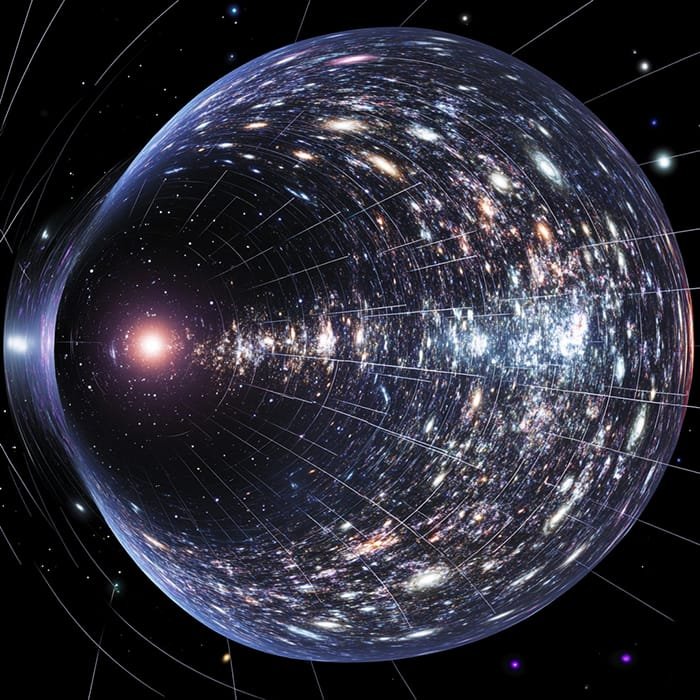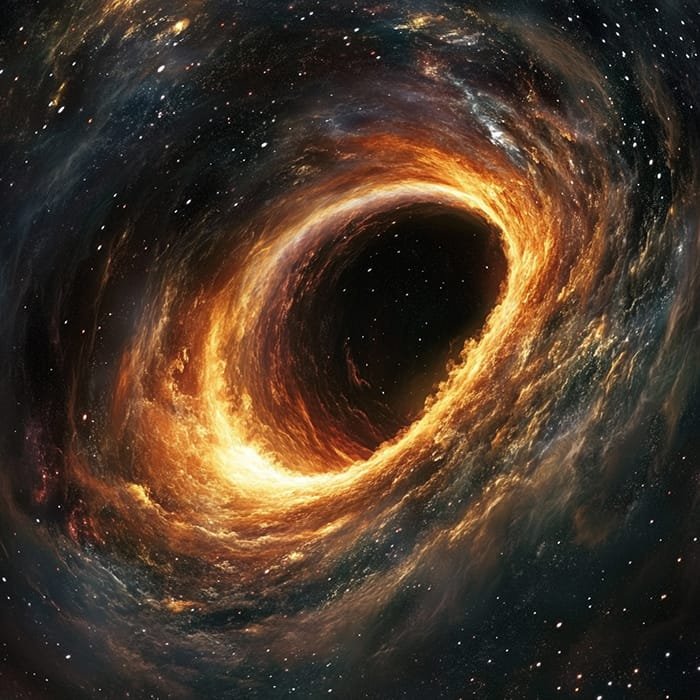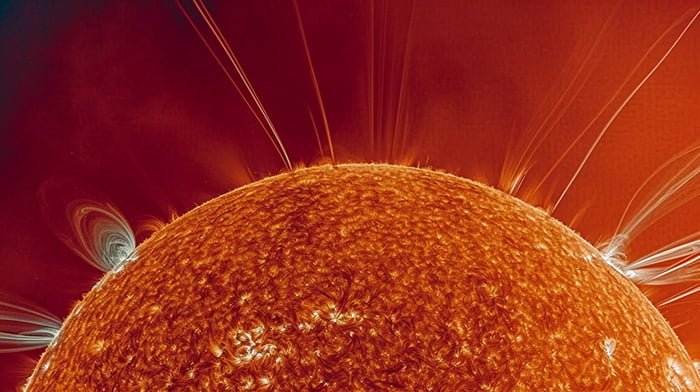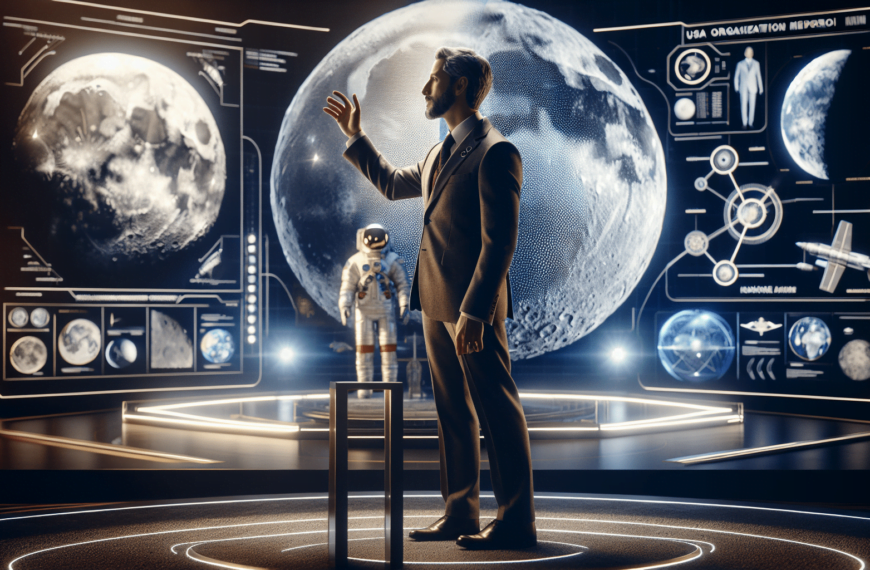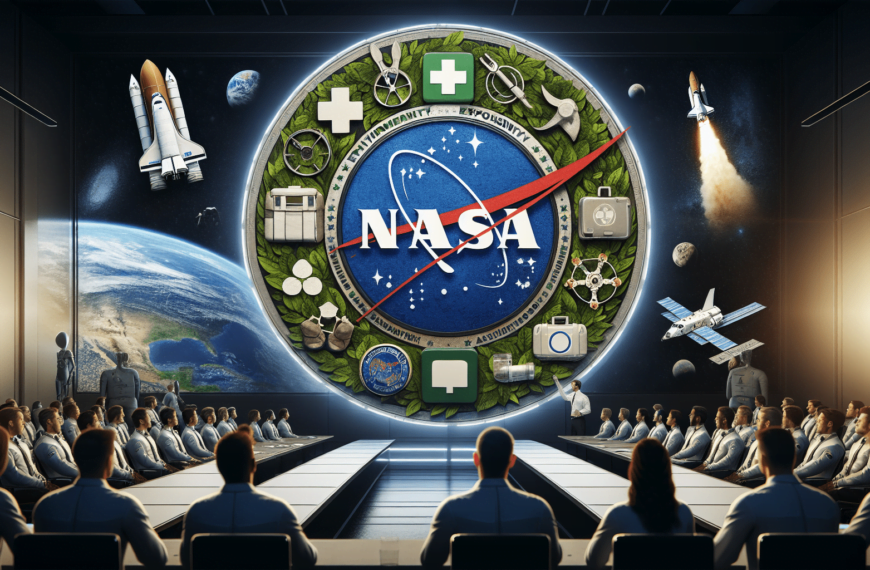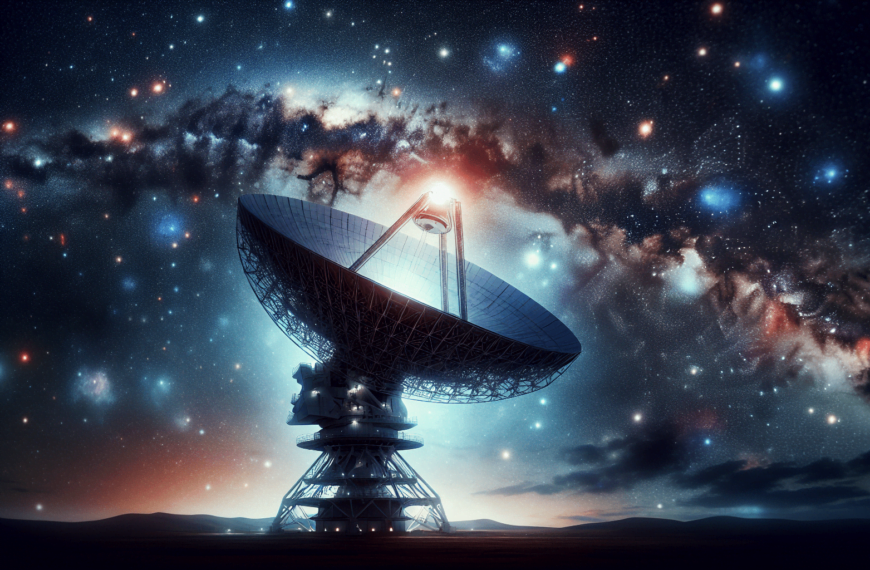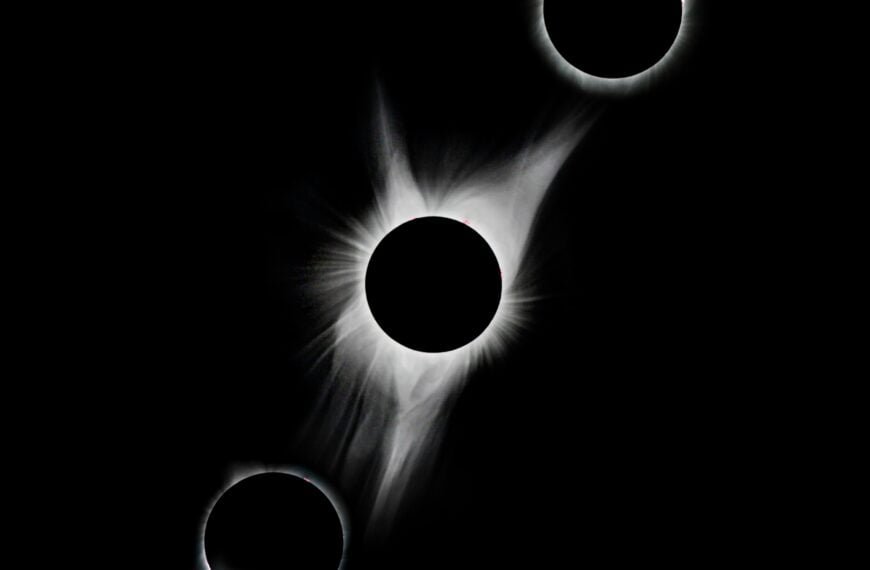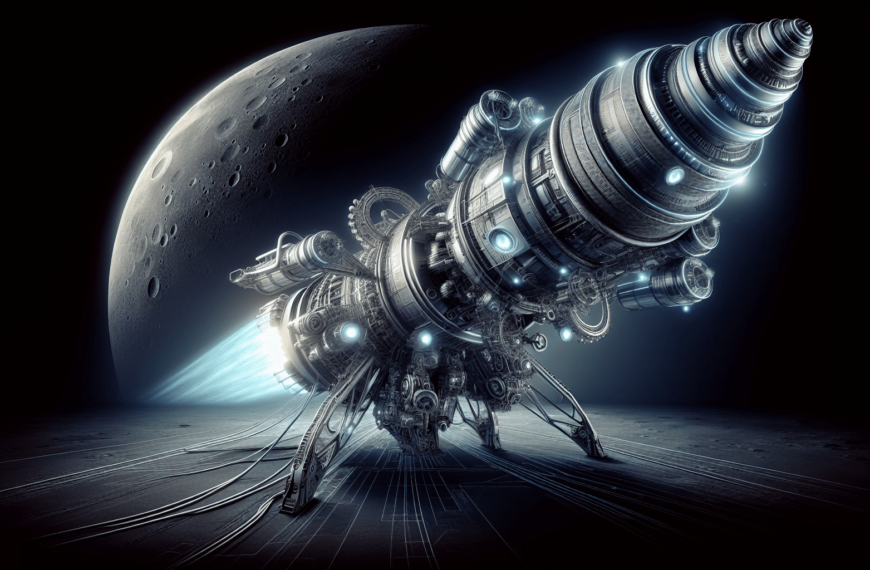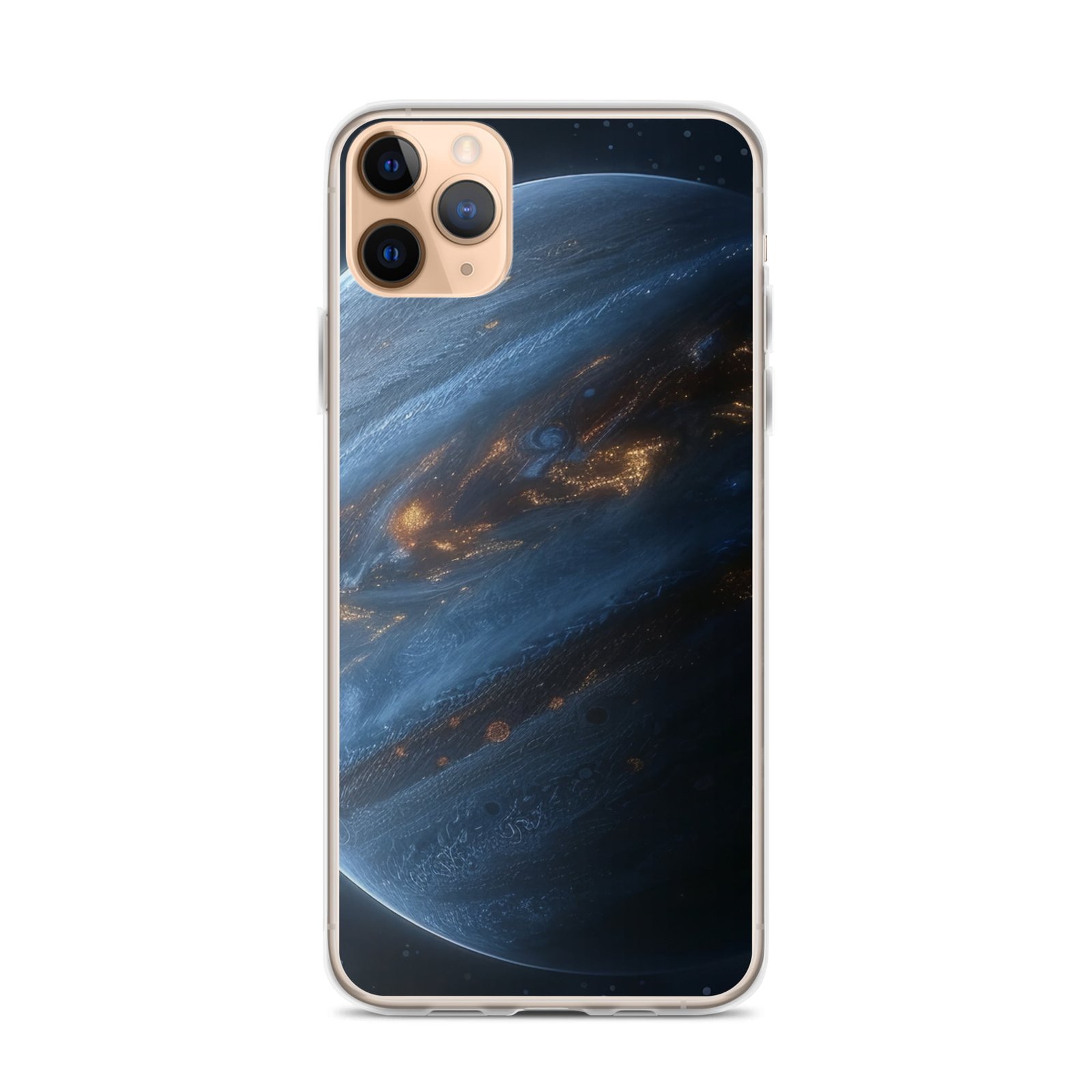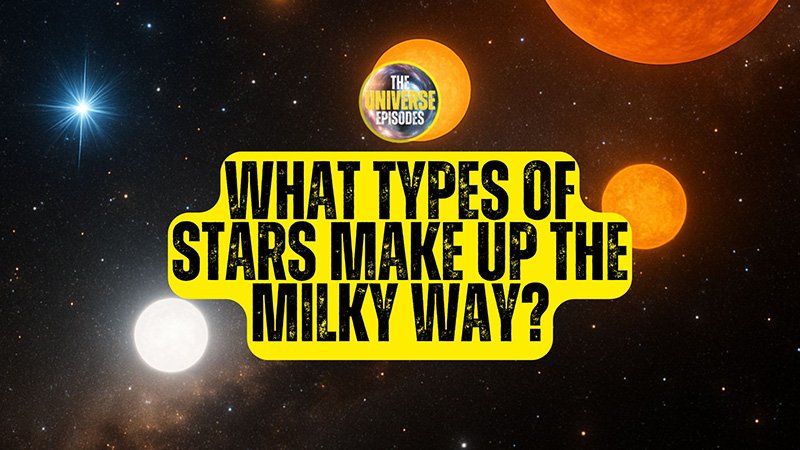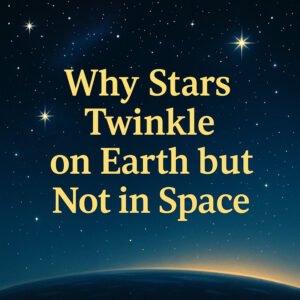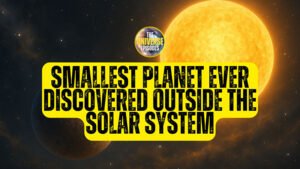The Universe’s temperature has changed from the Big Bang’s extreme heat (10^{32} K) to today’s 2.7255 K, cooling as it expands.
Key Takeaways 📝
- The Universe’s temperature has plummeted from a staggering 103210^{32} Kelvin at the Big Bang to just 2.7255 Kelvin today, illustrating a remarkable cooling journey over billions of years.
- A surprising fact: As the Universe expands, its temperature drops; specifically, doubling the size of the Universe halves its temperature.
- Explore the provocative idea that while new stars heat local regions, the overall cosmic temperature continues its downward trend due to expansion.
- A powerful takeaway: Understanding cosmic temperature changes can inform predictions about the fate of the Universe, including its eventual approach to absolute zero.
- The core message of this article emphasizes the intricate relationship between cosmic expansion and temperature, revealing how these factors shape our understanding of the Universe’s past and future.
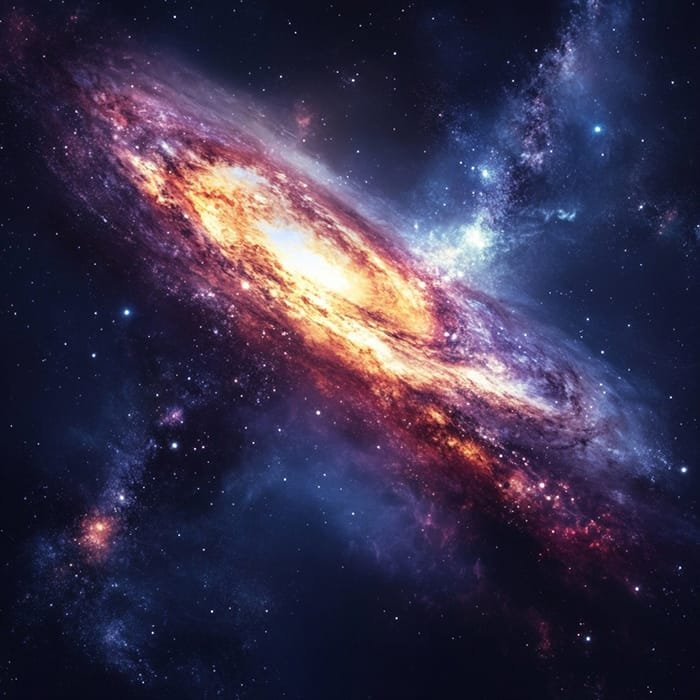
How Does the Universe’s Temperature Change Over Time?
Understanding the history and evolution of the Universe’s temperature is a fascinating journey through cosmic history. From the fiery beginnings of the Big Bang to the frigid expanses of intergalactic space today, the Universe has undergone tremendous changes in its thermal state. This blog post delves into the intricate details of how the Universe’s temperature has changed over time, offering insights into the mechanisms and events that have shaped its thermal evolution.
The Universe as we see it today is vastly different from what it was billions of years ago. One of the most significant aspects of this transformation is the change in temperature. But how exactly has the Universe’s temperature changed over time? To answer this question, we need to explore various cosmic epochs and understand the physical processes that have influenced these changes.
The Hot Beginnings: The Big Bang
What Was the Big Bang?
The Big Bang theory is the prevailing cosmological model that describes the early development of the Universe. According to this theory, the Universe began as an extremely hot and dense point approximately 13.8 billion years ago.
Temperature at the Moment of the Big Bang
At the instant of the Big Bang, temperatures were unimaginably high, reaching around 103210^{32} Kelvin. This state, known as the Planck epoch, lasted only a fraction of a second but set the stage for everything that followed.
The Cooling Universe: Expansion and Temperature Drop
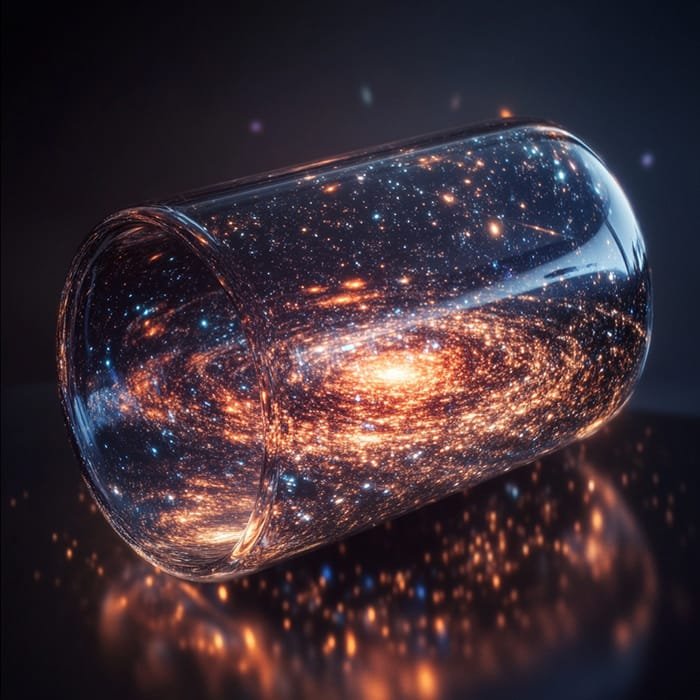
Radiation-Dominated Era
Shortly after the Big Bang, the Universe entered a phase dominated by radiation. During this period, photons (particles of light) were the most abundant form of energy.
Temperature Changes During This Era
As the Universe expanded, it cooled down. The relationship between temperature and time during this period follows a straightforward rule: the temperature decreases as the Universe expands. Specifically, if you double the size of the Universe, its temperature drops to half.
Matter-Dominated Era
After about 47,000 years, matter became more dominant than radiation. This shift significantly influenced how the Universe’s temperature continued to change.
Formation of Neutral Atoms
Around 380,000 years after the Big Bang, temperatures had dropped to approximately 3,000 Kelvin, allowing protons and electrons to combine and form neutral hydrogen atoms. This period is known as “recombination.”
Cosmic Microwave Background (CMB) Radiation
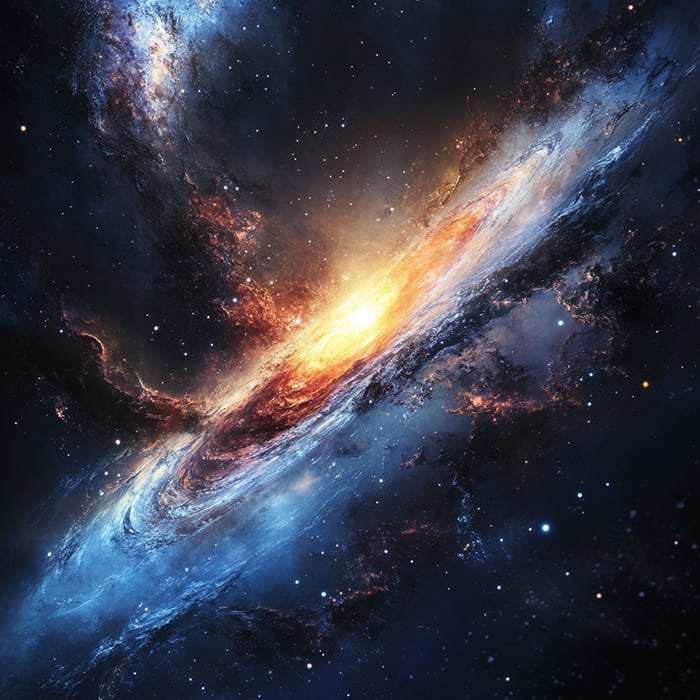
Discovery of CMB
In 1965, Arno Penzias and Robert Wilson discovered the Cosmic Microwave Background radiation, which provided crucial evidence for the Big Bang theory.
Significance of CMB
The CMB is essentially a snapshot of the Universe at around 380,000 years old. It shows us how the Universe looked when it was about 3,000 Kelvin and provides a wealth of information about its early conditions.
Temperature Fluctuations in CMB
Anisotropies in CMB
The CMB is not perfectly uniform; it has tiny fluctuations or anisotropies. These variations represent slight differences in temperature and density from one region of space to another.
What Do These Fluctuations Tell Us?
These fluctuations are essential for understanding how structure in the Universe formed. Regions with slightly higher density eventually grew into galaxies and clusters of galaxies.
The Universe Continues to Cool
Era of Reionization
A few hundred million years after recombination, the first stars and galaxies formed. These early light sources emitted enough radiation to reionize much of the hydrogen in the Universe.
Impact on Temperature
While reionization heated local regions around new stars, the overall temperature of the Universe continued to decrease as it expanded.
Present-Day Temperature
Currently, the temperature of space is about 2.7255 Kelvin, just a few degrees above absolute zero.
Factors Influencing Temperature Changes Over Time
Expansion of Space
The primary factor causing the Universe’s temperature to drop over time is its continuous expansion. As space expands, it stretches the wavelength of photons, reducing their energy and thus lowering their temperature.
Dark Energy and Accelerated Expansion
In recent cosmic history (about 5 billion years ago), dark energy began to dominate, causing an accelerated expansion of the Universe. This has further contributed to cooling.
Probing Past Temperatures: Observational Evidence
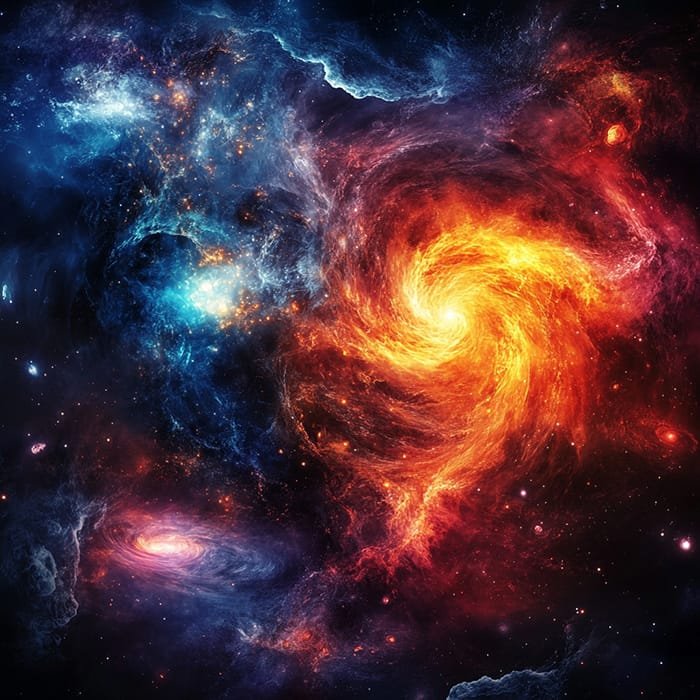
Quasar Absorption Lines
One method to probe past temperatures is through quasar absorption lines. By studying these lines, scientists can infer temperatures of intergalactic gas at different periods in cosmic history.
Carbon Monoxide as a Cosmic Thermometer
Carbon monoxide (CO) molecules also serve as a useful tool for measuring past temperatures due to their rotational transitions that occur at specific temperatures.
Future Temperature Predictions
Long-Term Cooling
If current trends continue, the Universe will keep expanding and cooling indefinitely. Eventually, it could reach a state where temperatures approach absolute zero.
The Fate of Stars and Galaxies
Over trillions of years, stars will exhaust their nuclear fuel and die out. Galaxies will become cold and dark as they lose their stellar populations.
The journey from a scorching hot beginning to a near-freezing present day encapsulates a significant portion of cosmic history. Understanding how the Universe’s temperature has changed over time not only provides insight into its past but also helps us predict its future. The interplay between expansion, radiation, matter, and dark energy paints a comprehensive picture of our ever-evolving cosmos.
FAQs
- What was the initial temperature of the Universe? The initial temperature of the Universe at the moment of the Big Bang was around 103210^{32} Kelvin.
- How do scientists measure past temperatures in space? Scientists use various methods like studying quasar absorption lines and carbon monoxide molecules as cosmic thermometers to infer past temperatures.
- Why does space continue to cool? Space continues to cool primarily due to its expansion. As space expands, it stretches photon wavelengths, reducing their energy and lowering their temperature.
- What is the Cosmic Microwave Background (CMB)? The CMB is radiation leftover from the early Universe, providing a snapshot of what it looked like approximately 380,000 years after the Big Bang.
- Will the Universe keep cooling forever? If current trends continue, yes. The Universe will keep expanding and cooling indefinitely, potentially reaching temperatures very close to absolute zero.

